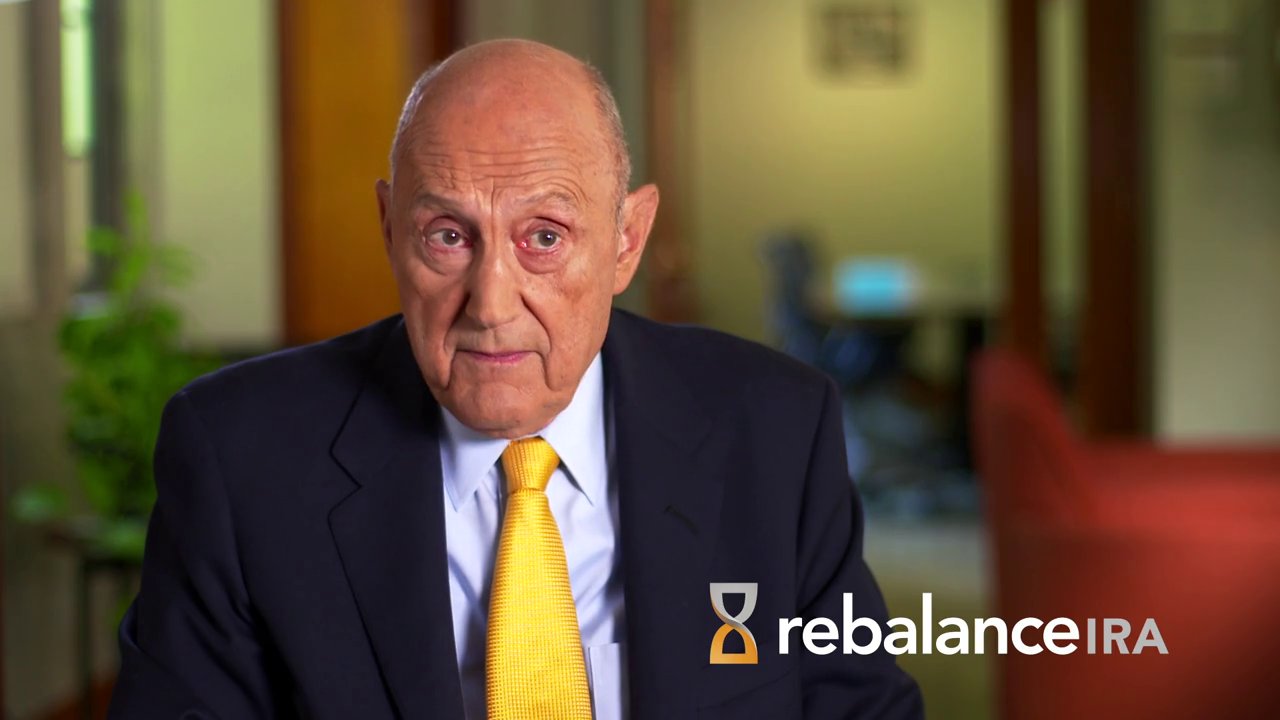
Billions of dollars in retirement assets have been leaving active managers’ hands in favor of index funds. New data from Bank of America shows why: So far this year, just 17.7% of active managers have bested the large-cap index benchmark.
Last year, the percentage of “winning” managers was 40.5%, reports the bank. As a result, the average active fund currently lags the Russell 1000 large-cap index by 2 percentage points. The index has risen by 10.6% to date, a spectacular performance in any year and one that includes October’s sell-off and recovery.
The S&P 500 is up 10.4% year to date. If your active fund after expenses can report anything within spitting distance of that number after fees, count yourself among the lucky few. Most active investors are feeling the pain.
What happened? Two things: Active managers tried to time the markets, overweighting themselves in small-cap stocks. And they focused too much on technology and energy stocks, two sectors which have disappointed investors so far in 2014.
In essence, they zigged and the market zagged. After a huge run upward in 2013, active managers became convinced that large-cap stocks were done. Too many then tried to pick the next winner.
Burt Malkiel, author of the investment classic A Random Walk Down Wall Street and a Princeton University professor, warns that the fear people have of index investing is misplaced. They worry about getting an “average” return, when in fact the market average inevitably bests the majority of expensive active managers.
“For me the best way to keep the cost down and to get not average returns, but to get above-average returns, is to make index funds the broad core of every investment portfolio,” Malkiel says. “I do this myself in my own retirement funds.”
As it stands now, less than one in five active managers can say they did better than the market in 2014. What’s the alternative? Well, you could buy a broad market index ETF and take a nap. But most people simply aren’t wired to ignore their investments.
At my firm, Rebalance, we find that it takes a portfolio of index funds calibrated to match the individual investor’s goals and tolerance for market ups and downs. By using index funds, costs drop dramatically. Rebalancing with discipline captures the upside of indexing while booking those solid gains repeatedly.
An extra bump
Malkiel’s research shows that just by rebalancing you can add 1.5% to the straight stock market return, a nice turnabout from the usual calculus of active management. Rather than paying 1.5% to underperform the benchmark, you can actually add return on top of the index itself.
Look, if you think you or your manager can be that one in five investors who might pull a win out of the year, and you know that the fees you pay more than compensate for the risks you take, year in and year out, I say keep your manager.
But the track record suggests what many retirement investors are beginning to realize: Active management is costly and high risk, while passive indexing using a portfolio model is low cost and can be risk-adjusted to suit your needs.





